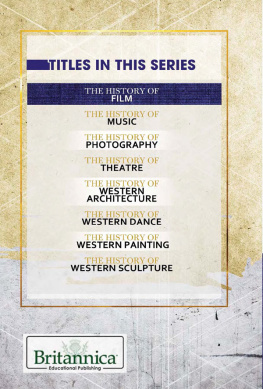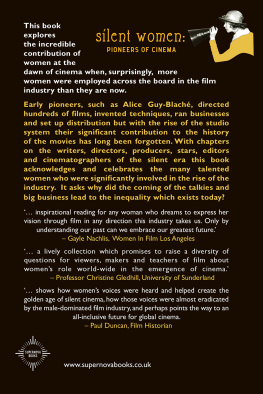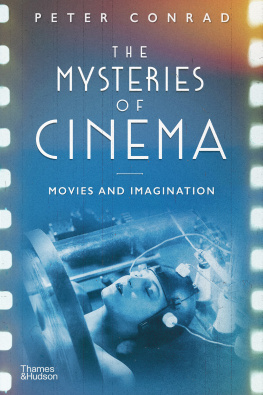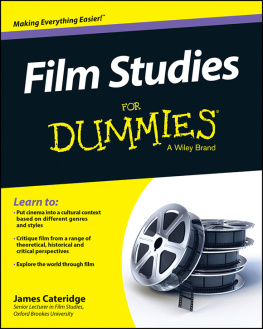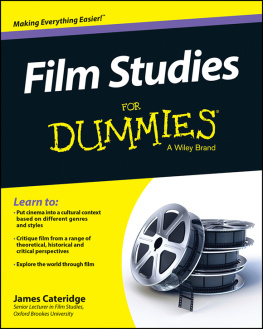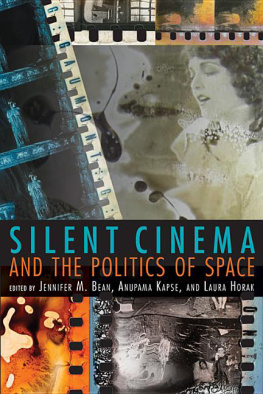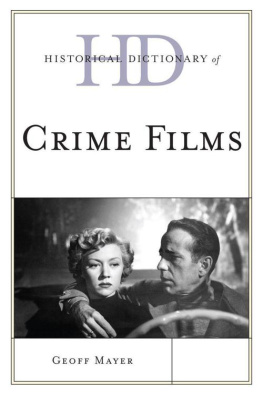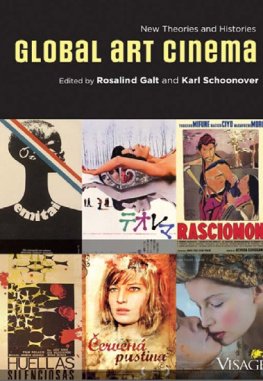
Published in 2016 by Britannica Educational Publishing (a trademark of Encyclopdia Britannica, Inc.) in association with The Rosen Publishing Group, Inc.
29 East 21st Street, New York, NY 10010
Copyright 2016 by Encyclopdia Britannica, Inc. Britannica, Encyclopdia Britannica, and the Thistle logo are registered trademarks of Encyclopdia Britannica, Inc. All rights reserved.
Rosen Publishing materials copyright 2016 The Rosen Publishing Group, Inc. All rights reserved.
Distributed exclusively by Rosen Publishing.
To see additional Britannica Educational Publishing titles, go to rosenpublishing.com.
First Edition
Britannica Educational Publishing
J. E. Luebering: Director, Core Reference Group
Anthony L. Green: Editor, Comptons by Britannica
Rosen Publishing
Hope Lourie Killcoyne: Executive Editor
Nicholas Croce: Editor
Nelson S: Art Director
Michael Moy: Designer
Cindy Reiman: Photography Manager
Library of Congress Cataloging-in-Publication Data
The history of film/edited by Nicholas Croce.
pages cm.(The Britannica guide to the visual and performing arts)
Includes bibliographical references and index.
ISBN 978-1-6804-8076-4 (eBook)
1. Motion picturesHistoryJuvenile literature. I. Croce, Nicholas, editor.
PN1993.5.A1H5475 2015
791.4309dc23
2014039601
Photo credits: Cover, p. i Steve Sands/GC Images/Getty Images; p. vii iStockphoto.com/danr13; p. viii iStockphoto.com/iofoto; p. xi iStockphoto.com/RobertCravens; pp. 23 Courtesy of the British Film Institute, London; pp. 9, 176177, 183 Courtesy Everett Collection; p. 15 Photofest; p. 24 Mary Evans/Ronald Grant/Everett Collection; p. 35 Courtesy of the Museum of Modern Art/Film Stills Archive, NY; pp. 3839, 69 From a private collection; p. 53 Goskino/photograph, the Museum of Modern Art/Film Stills Archive, NY; pp. 6263 1931 United Artists Corporation, photograph from a private collection; pp. 7879 Silver Screen Collection/Moviepix/Getty Images; pp. 8687 Copyright 1939 Metro-Goldwyn-Mayer Inc.; pp. 9697 1940 Twentieth Century-Fox Film Corporation, photograph from a private collection; pp. 9899 Copyright 1941 RKO Pictures, a division of RKO General; p. 111 Copyright 1941 Paramount Pictures; p. 115 1963 Embassy Pictures Corporation, photograph from a private collection; p. 124 Leacock Pennebaker, Inc., photograph from a private collection; p. 130 Courtesy of United Artists Corporation; p. 131 Copyright 1968 Metro-Goldwyn-Mayer Inc; p. 139 Toho Company/Courtesy Everett Collection; p. 144 Sony Pictures Entertainment Inc., photo, Chan Kam Chuen; p. 153 Sigma III/Filmove Studio Barrandov; pp. 162163 1969 Columbia Pictures Corporation, photograph from a private collection; pp. 166167 1976 United Artists Corporation, photograph from a private collection; p. 185 Copyright 2005 Universal Pictures and Wing Nut Films; p. 193 2006 Miramax Films, all rights reserved; p. 195 Copyright 1992 Warner Brothers, Inc.; cover and interior pages graphic elements David M. Schrader/Shutterstock.com, E_K/Shutterstock.com, Valentin Agapov/Shutterstock.com, argus/Shutterstock.com, Iakov Filimonov/Shutterstock.com.
CONTENTS
T he viewing of motion pictures, or film, began as an experience limited to a one-person audience. Soon after, the advent of motion-picture projection transformed the medium predominantly into a form of theatrical entertainment viewed by large numbers of people simultaneously. By the end of the 20th century, new technologies had made possible a wide variety of viewing options, ranging from the solitary spectator to audiences of thousands in a single space or of millions over many venues.
The Kinetoscope, the first motion-picture viewing device, was invented by Thomas Alva Edison and William Dickson in 1891. It allowed only a single spectator at a time to look through a peephole at the tiny moving images inside the machine. Within several years, projectors capable of enlarging the image on a screen in a theatrical space had been developed. Projected motion pictures soon rendered the peephole viewers obsolete, although the latter could still be found for decades as novelties in penny arcades and amusement parks.
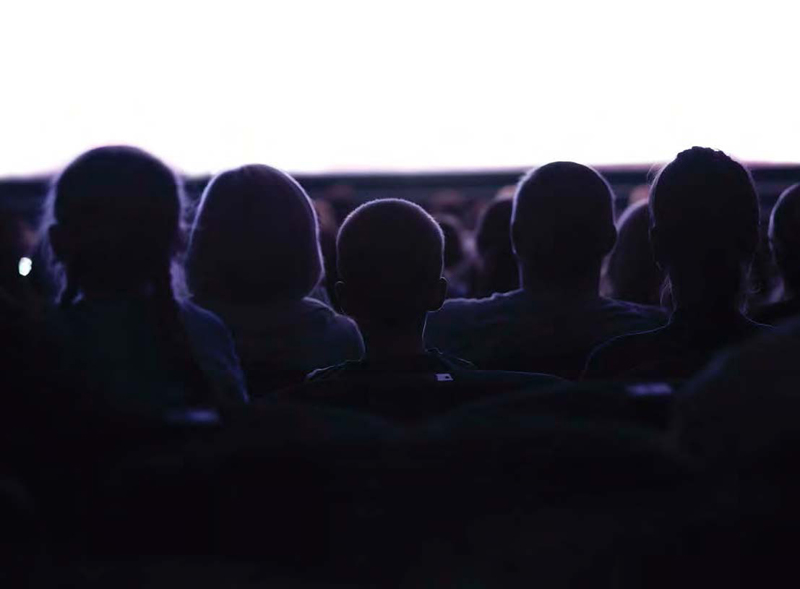
In the 20th century, watching movies became an experience that people wanted to share with others.
The motion picture thrived in the first half of the 20th century as a mass medium centred on theatrical exhibition. Attending motion pictures became a social experience shared among friends or in an audience of strangers. Although the physical setting was similar to live events such as stage or concert performances, fundamental differences arose in the viewing of mechanically reproduced images rather than living persons. Motion-picture audiences were more informal in dress and demeanour. Eating and drinking during screenings became common; indeed, the sale of items such as popcorn and soft drinks proved more lucrative to many exhibitors than box-office admissions. Consecutive repeat showings permitted patrons to enter and leave in the middle of programs, giving rise to the expression This is where I came in, which became obsolete and largely unknown by the end of the 20th century, when theatres were cleared after each screening.
When television emerged as a competing home-entertainment medium after World War II, theatrical motion-picture attendance suffered a severe decline. However, older motion pictures became a staple of television programming, and television in turn began to serve as a significant advertising medium for promoting new films. While the television presentation of motion pictures varied in different countries, in the United States it was common on commercial broadcast channels to divide up the screening with frequent commercial breaks. After the introduction in the mid-1950s of CinemaScope and other widescreen formats for motion pictures in theatrical releasea technological innovation intended to highlight the value of the large-screen theatre experience in contrast to the then small-screen home mediumthese works were later altered for television release. In a technique called panning and scanning, the original versions of widescreen films were rephotographed, sometimes with new camera movements added, to record significant screen events for the narrower television frame.
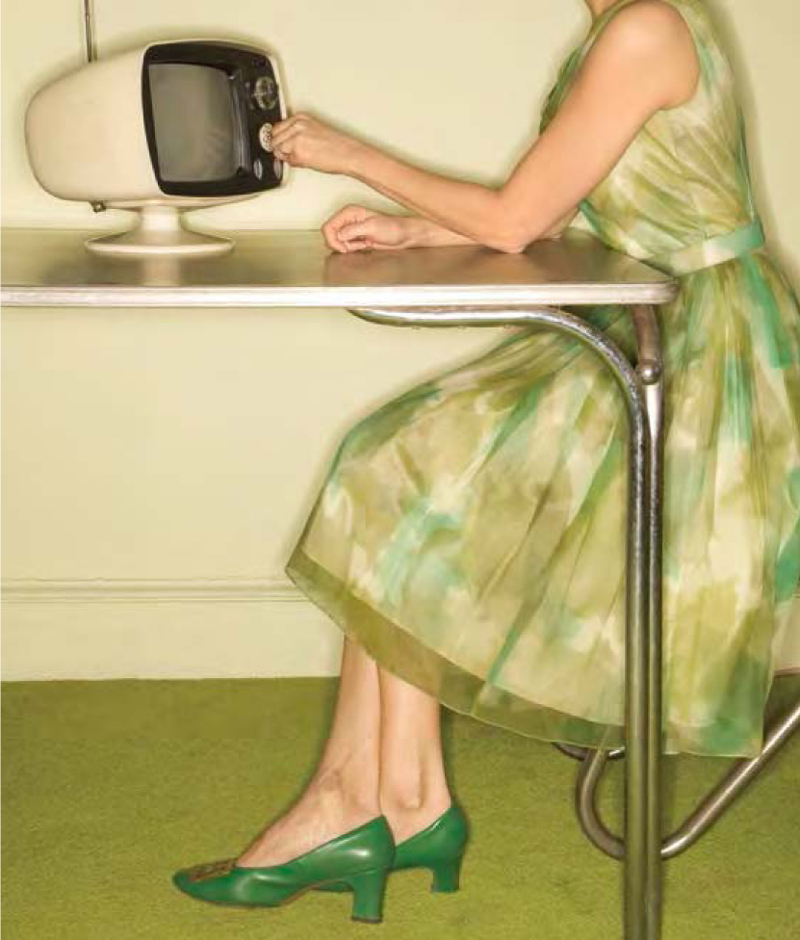
During the second half of the 20th century, television became a popular medium for watching movies.
In the later decades of the 20th century, as theatrical motion-picture attendance stabilized at much lower numbers than before World War II, the television became the predominant exhibition venue for motion pictures. In the 1980s the home-viewing experience dramatically expanded with the emergence of cable television, with channels playing up-to-date motion pictures without commercial breaks, and especially with the development of the videocassette recorder (VCR), a device that could record television signals on cassettes of magnetic tape as well as play prerecorded cassettes. Motion-picture companies released recent and older films in videocassette format, and neighbourhood video stores sprang up to rent or sell cassettes. Home viewers could choose what they wanted to see and take home motion pictures on video in much the same way as they might select a book to read or recorded music to listen to.

